M
I
C
R
O
S
T
O
R
Y
O
F
A
R
T
........................................................

NOW COMPLETED:

........................................................
MICROSTORY OF ART
ONLINE JOURNAL FOR ART, CONNOISSEURSHIP
AND CULTURAL JOURNALISM
........................................................
INDEX | PINBOARD | MICROSTORIES |
FEATURES | SPECIAL EDITIONS |
HISTORY AND THEORY OF ATTRIBUTION |
ETHNOGRAPHY OF CONNOISSEURSHIP |
SEARCH

........................................................



 >MICROSTORIES
>MICROSTORIES
- Richard Serra
- Martin Scorsese
- Claude Simon
- Sunshine
- Werner Herzog
- The Creation
- Marcel Duchamp
- Nino Rota
- Wölfflin and Woolf
- Hansjörg Schneider
- Kraftort Arkadien
- Visual Biography
- Schlaraffenleben
- Die Geisteswissenschaften
- The Voyeur
- Buzzword Sustainability
- Paul Verlaine
- Tao Yuanming
- New Beginning
- Seneca
- Still Lifes
- Charles Baudelaire
- Frédéric Chopin
- The Art History of Sustainability
- Wang Wei
- Solarpunk
- Historians of Light
- Lepanto
- Renaturalization
- Plates
- Snow in Provence
- Learning to See
- Picasso Dictionaries
- Peach Blossom Spring
- Picasso Tourism
- Tipping Points
- Sviatoslav Richter
- Weather Reports
- Treasure Hunt
- Another Snowscape in Picasso
- Picasso in 2023
- Dragon Veins
- The Gloomy Day
- The Art of the Pentimento
- Reforestation
- The Status of Painting
- Emergency Supply
- Punctuality
- Watching Traffic
- Zhong Kui
- How Painting Survived the 1990s
- Confirmation Bias
- Sustainability and Luxury
- Garage Bands
- Picasso and Artificial Intelligence
- Eyes of Tomorrow
- Picasso in 2023 2
- Gluing Oneself to Something
- Suburbia
- Bamboo
- Sustainability and Carpe Diem 1
- Interviews with Bruegel
- Sustainability and Carpe Diem 2
- Coffee & Sugar
- Bamboo 2
- Picasso in 2023 3
- Sustainability and Carpe Diem 3
- Cherry Orchard
- Old Magazines
- Chance
- Nick Drake
- Harlequin
- The Smartphone & the Art Book
- Atlas Syndrome
- The Kitchen
- Atlas Syndrome 2
- Consideration
- Tori Amos
- School
- Orchard Auctioning Day
- The Hundred Years’ War
- Sócrates
- Chameleon
- Nefertiti Bust
- Picasso as a Computer
- Sunflowers
- Philemon & Baucis
- Ode to the Radio
- Childhood
- Wimmelbild
- Restitution
- Nick Drake 2
- Wishful Thinking
- Sundays
- The Independent Scholar
- September
- The Fisherman by Pirosmani
- Microadventure
- Sociology
- Salvator Mundi
- Chillon
- Appassionata
- Amber
- Homer
- Berlin
- Planet Walk
- Improvisation
- Seeing Picasso
- These Nice Kids
- Robber
- The One
- The Sea Turtle
- Zoo
- Through the Hush
- Wunderkammer
- I Do Not Seek, I Find
- Shopping Mall
- Food Hamper
- The Secretary
- This Gate
- Nor Rainy Day
- House on a Hill
- Beautiful Island
- Second-hand Bookstore
- Flat
- Slap in the Face
- Serra, Wenkenpark
- Apologies
- The Bells
- Nordmann Fir
- Picasso Wanting To Be Poor
- Picasso, Pirosmani
- A Brief History of Sculpture
- 24 Sunsets
- Rusty Phoenix
- Glove
- Wintry Stanza
- A Song
- Like A Beatle
- Catching An Orange
- Solar Bees
- Permaculture

 >FEATURES
>FEATURES
- Van Gogh On Connoisseurship
- Two Museum’s Men
- Ende Pintrix and the City in Flames
- Titian, Leonardo and the Blue Hour
- The Man with the Golden Helmet: a documentation
- Un Jury d’admission à l’expertise
- Learning to See in Hitler’s Munich
- Leonardo da Vinci and Switzerland
- The Blue Hour Continued
- The Blue Hour in Louis Malle
- Kafka in the Blue Hour
- Blue Matisse
- Blue Hours of Hamburg and LA
- A Brief History of the Cranberry
- The Other Liberale in the House
- The Blue Hour in Raphael
- Who Did Invent the Blue Hour?
- Monet on Sustainability
- Velázquez and Sustainability
- The Blue Hour in Guillaume Apollinaire
- Van Gogh on Sustainability
- The Blue Hour in Marcel Proust
- Picasso and Sustainability
- The Contemporary Blue Hour
- The Blue Hour in 1492
- The Blue Hour in Hopper and Rothko
- Hopper and Sustainability
- The Blue Hour in Ecotopia
- The Hour Blue in Joan Mitchell
- Explaining the Twilight
- The Twilight of Thaw
- The Blue Hour in Pierre Bonnard
- Explaining the Twilight 2
- Picasso on Stalin
- Rubens on Sustainability
- The Salvator Mundi in Bruegel and Rubens
- The Blue Hour in Leonardo da Vinci and Poussin
- The Blue Hour in Rimbaud
- Faking the Dawn
- Frost and Thaw in Ilya Ehrenburg
- Picasso, Stalin, Beria
- Picasso, Solzhenitsyn and the Gulag
- Shostakovich on Picasso
- Hélène Parmelin in 1956
- Historians of Picasso Blue
- Picasso Travelling to Moscow 1
- The Blue Hour in Caravaggio
- Picasso Travelling to Moscow 2
- Picasso, the Knife Game and the Unsettling in Art
- Some Notes on Leonardo da Vinci and Slavery
- Picasso Moving to the Swiss Goldcoast
- The Blue Hour in Camus
- The Blue Hour in Symbolism and Surrealism
- Caspar David Friedrich in His Element
- Exhibiting the Northern Light
- Caspar David Friedrich in His Element 2
- Robert Schumann and the History of the Nocturne
- The Blue Hour in Robert Schumann
- Caspar David Friedrich and Sustainability
- The Twilight of Thaw 2
- Multicultural Twilight
- The Blue Hour in Anton Chekhov
- The Blue Hour in Medieval Art
- Twilight Photography
- The Blue Hour in Bob Dylan
- Iconography of Optimism

 >SPECIAL EDITIONS
>SPECIAL EDITIONS
- Visions of Cosmopolis
- Mona Lisa Landscapes
- Turner and Ruskin at Rheinfelden
- Painters On TV & On TV
- Spazzacamini in Art
- A Last Glance at Le Jardin de Daubigny
- The Experimental Cicerone
- A Dictionary of Imaginary Art Historical Works
- Iconography of Blogging
- Begegnung auf dem Münsterplatz
- Cecom
- Das Projekt Visual Apprenticeship
- Those Who See More
- A Fox on Seeing with the Heart
- Sammlung Werner Weisbach
- Daubigny Revisited
- Some Salvator Mundi Microstories
- Some Salvator Mundi Afterthougths
- Some Salvator Mundi Variations
- Some Salvator Mundi Revisions
- A Salvator Mundi Questionnaire
- A Salvator Mundi Puzzle
- Unknown Melzi
- Francis I and the Crown of Charlemagne
- From Amboise to Fontainebleau
- Drones Above Chambord
- Looking Back At Conques
- Flaubert At Fontainebleau
- Images of Imperial Ideology
- The Chronicles of Santa Maria delle Grazie
- Seeing Right Through Someone
- Melzi the Secretary
- Eying Glass
- A Foil to the Mona Lisa
- A Renaissance of the Cartoon
- Sketching a Family Tree
- Venetian Variations
- A Brief History of Digital Restoring
- A Consortium of Painters
- Leonardeschi and Landscape
- A Christ in Profile
- Learning to See in Spanish Milan
- A History of Gestures
- Leonardo and Josquin
- A Renaissance of the Hybrid
- Suida and Heydenreich
- The Watershed
- Three Veils
- From Beginning to End
- Connoisseurship of AI
- Twilight and Enlightenment
- The Blue Hour in Chinese Painting
- Dusk and Dawn at La Californie
- Iconography of Sustainability
- The Blue Hour in Goethe and Stendhal
- The Sky in Verlaine
- The Blue Hour in Paul Klee
- Iconography of Sustainability 2
- The Blue Hour in Charles Baudelaire
- From Bruegel to Solarpunk
- Some Salvator Mundi Documentaries
- Some More Salvator Mundi Monkey Business
- The Windsor Sleeve
- Brigitte Bardot’s Encounter with Picasso
- Art Historians and Historians
- A Salvator Mundi Chronicle
- The Salvator Mundi and the French Revolution
- The Fontainebleau Group
- The Encounter of Harry Truman with Pablo Picasso
- The Fontainebleau Group Continued
- The Windsor Sleeve Continued
- The Salvator Mundi in Early Netherlandish Painting 1
- Some Salvator Mundi Resources
- A New Salvator Mundi Questionnaire
- The Woman in Picasso
- The Yarborough Group
- Melzi, Figino and the Mona Lisa
- The Yarborough Group Continued
- A Salvator Mundi Global History
- The Salvator Mundi in Medieval Art
- The Salvator Mundi in Medieval Art 2
- The Salvator Mundi in Early Netherlandish Painting 2


 >HISTORY AND THEORY OF ATTRIBUTION
>HISTORY AND THEORY OF ATTRIBUTION
- The Mysterious »Donna Laura Minghetti-Leonardo«
- Assorted Demons of Connoisseurship
- Panofsky Meets Morelli
- Discovering the Eye of Sherlock Holmes
- Handling the Left-handed Hatchings Argument
- Visual History of Connoisseurship
- Alexander Perrig
- Connoisseurship in 2666
- What Postmodernity Has Done to Connoisseurship
- Dividing Four Fab Hands
- A Leonardesque Ambassador
- Test Cases in Connoisseurship
- A Raphael Expertise
- How to Tell Titian from Giorgione
- Louise Richter
- The Unique Property in the History of Connoisseurship
- An Expertise by Berenson
- The Book of Expertises
- An Album of Expertises
- An Expertise by Friedländer
- A Salvator Mundi Provenance
- How to Tell Leonardo from Luini
- An Expertise by Crowe and Cavalcaselle
- An Expertise by Bayersdorfer
- An Expertise by Hermann Voss
- An Expertise by Hofstede de Groot
- Leonardeschi Gold Rush
- An Unknown »Vermeer«
- An Expertise by Roberto Longhi
- An Expertise by Federico Zeri
- A Salvator Mundi Geography
- A Salvator Mundi Atlas
- The Bias of Superficiality
- 32 Ways of Looking at a Puzzle
- James Cahill versus Zhang Daqian
- Five Fallacies in Attribution
- On Why Art History Cannot Be Outsourced to Art Dealers
- On Why Artificial Intelligence Has No Place in Connoisseurship
- Salvator Mundi Scholarship in 2016
- Leonardo da Vinci at the Courts
- The Story of the Lost Axe
- The Last Bruegel
- A Titian Questionnaire
- On Where and Why the Salvator Mundi Authentication Did Fail
- The Problem of Deattribution

 >ETHNOGRAPHY OF CONNOISSEURSHIP
>ETHNOGRAPHY OF CONNOISSEURSHIP
MICROSTORY OF ART
ONLINE JOURNAL FOR ART, CONNOISSEURSHIP
AND CULTURAL JOURNALISM
........................................................

***
ARCHIVE AND FURTHER PROJECTS

1) PRINT


***
2) E-PRODUCTIONS


........................................................

........................................................

........................................................
FORTHCOMING:


***
3) VARIA

........................................................

........................................................

........................................................

........................................................

........................................................
***
THE GIOVANNI MORELLI MONOGRAPH

- The Giovanni Morelli Monograph
........................................................
MICROSTORY OF ART
ONLINE JOURNAL FOR ART, CONNOISSEURSHIP AND CULTURAL JOURNALISM
HOME
MICROSTORY OF ART
MICROSTORY OF ART 
ONLINE JOURNAL FOR ART, CONNOISSEURSHIP AND CULTURAL JOURNALISM

Dedicated to Historians of Light
Historians of Light
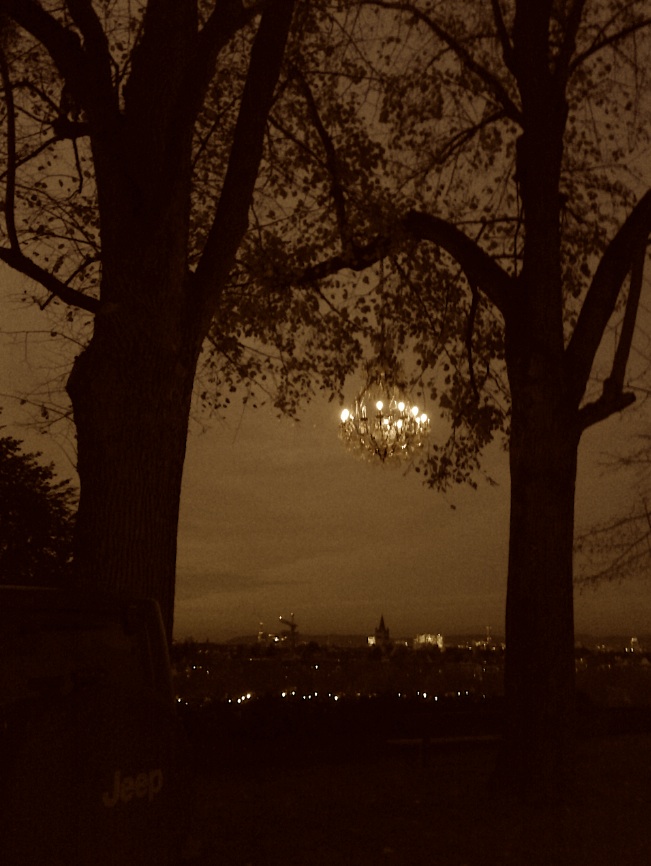
(Picture: DS)
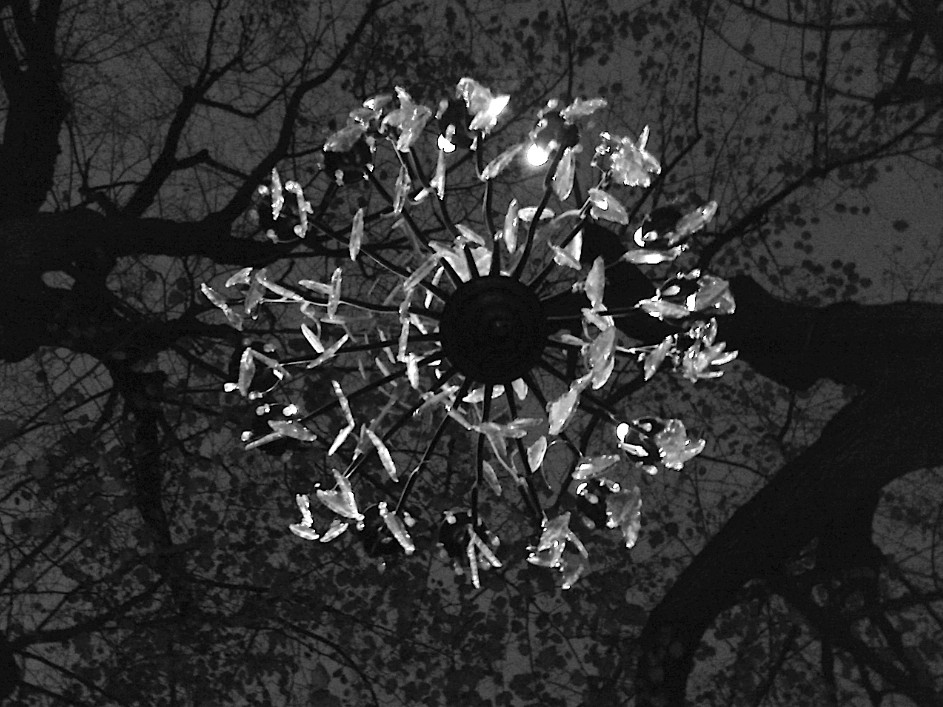
(Picture: DS)
(19.-28.10.2022) ›And in the beginning there was light…‹? Oh, well, this is not a way to begin a history of light. Because Aristotle might ask you: ›And what if there was never a beginning?‹ And with a ›Yes, yes, there was one‹, a modern physicist might join our conversation. But we are not doing a history of light anyway. What I would like to do here, is to gather some perspectives on a history of light, because our history of the blue hour would be embedded in such a history, whose scope, of course, would be infinitely more broad than the one of our more modest undertaking, which is to follow (or to reconstruct, step by step, by way of fragments) the (primarily cultural) history of one particular phase at dusk and dawning, called the blue hour.
Still we have to deal with and to reflect on perspectives on the history of light. And our choice to begin with is with Kant; and I am willing to combine this reflection with a more personal visual reflection – by means of a visual essay, embedding also my own photographs.
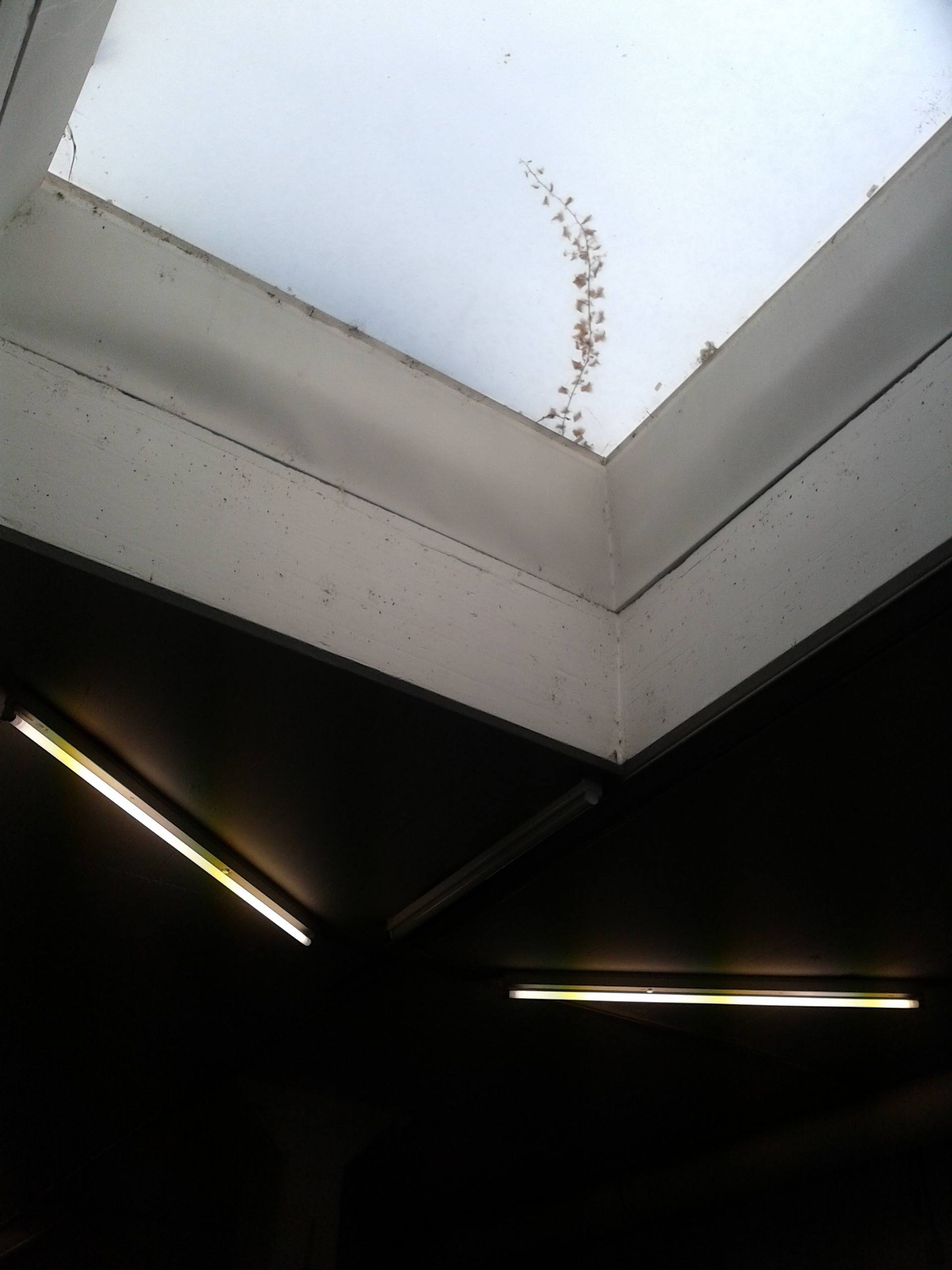
(Picture: DS)
Yes, Kant. One of these boring and annoying individuals who do know everything better, as it may seem. But it is not about Kant, Immanuel Kant, (or about such boring individuals) either (and one does know that Kant had also wit). It is about the fact that the Kant-dictionary (Kant-Lexikon; edited by Marcus Willaschek et al., and summing up all of Kant’s thoughts in a beautiful and handy manner) has an article on ›light‹. And I am referring to this not mainly because of Kant’s own thoughts, but rather to highlight that also Kant, the philosopher of enlightenment, was thrown into a particular situation within the history of light, a situation without much clarity (see from the perspective of a modern physicist, perhaps), what light, in physical terms, actually was at all, while at the same time it was serving as a symbol (of philosophical enlightenment, that was also much influenced by Kant). So one might say that Kant, as a philosopher, was heavily influencing the (cultural) history of light (while he was also part of it, being influenced by it), while at the same time, the author of the article on light within the Kant-dictionary (Giovanni Pietro Basile), is to be called a historian of light, due to reflecting on the historical situation within the history of physics and due to summing up Kant’s own contribution (and not on the general cultural history with its metaphors; for this one may consult other articles within the Lexikon).
The dictionary has also an article on Vorstellung, klare/dunkle, and one may note this, taking into account that also the iconography of thinking, of philosophy per se, is to be associated with dusk, and thus with a particular situation of light, in which things may (or may not) become much clearer than at pure daylight. A beautiful example of this particular iconography – a philosopher musing (it is Armen Avanessian) in view of Brooklyn Bridge and in view of Manhattan at dusk – is to be found in a recent documentary inspired by Kant and hosted by Avanessian. (But Aristotle might now intervene by saying that this particular iconography is rather inspired by Hegel’s saying on the flight of the owl of Minerva at dusk… and that this particular ›blue hour‹ was rather grey, thus belonging into the history of grey… But be it as it may – all this is part of the history of light, and thus the subject matter historians of light have to deal with).
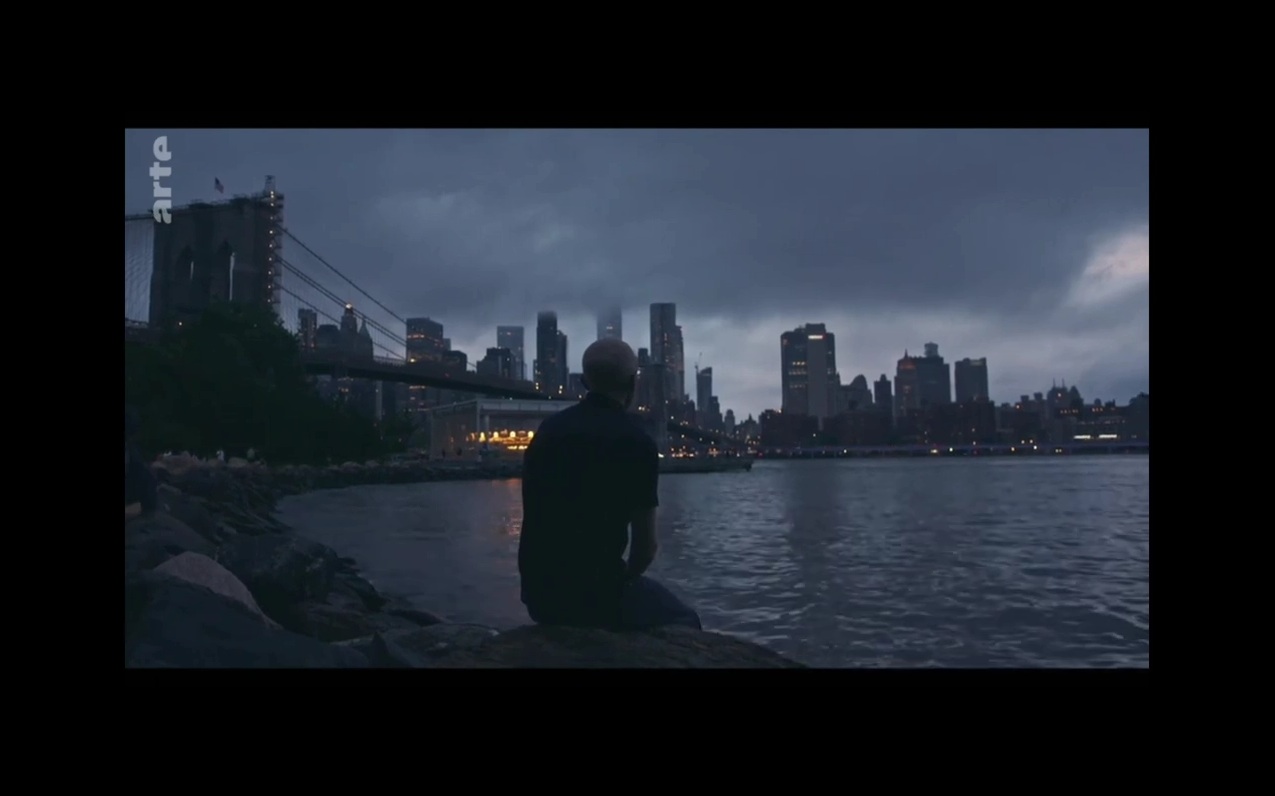
(Picture: youtube.com / ARTE)
Perspectives on the History of Light
Compared to the number of historians who have been dedicating their time to the genre of national history, few historians (or better: writers, authors) have been dedicating their time to the history of light. But are nations so much more interesting than light, radiation, color? Has this disproportion something to do with the fact that it might be more easy to establish oneself within the academe with conventional, seemingly more respected subjects. Is this what society at large does expect historians to do – to transcribe, recall, rewrite the history of nations, or usually of one nation, of one’s own nation, or of nations fighting?
And it turns out that among these relatively few historians who have been working on light (or color, or the history of artificial lighting), most historians have actually done social history, and thus taken an inner perspective to national history. And a history of light (which, as far as I can see, does not yet exist) could also be, or also comprise social history: who has (the) light (at night)? Who does decide about lanterns being installed or not? And who decides on to what degree the night is supposed to be lit (today)?
One might imagine a synthetic history of light, which would encompass natural and cultural history, the history of the arts, the history of science and technology, but also the history of animals (interacting with natural, but also with artifical light), and it is obvious that such history does not yet exist, and perhaps never will (despite one recent book by Bruce Watson, published in 2016: Light. A Radiant History from Creation to the Quantum Age; it does include one chapter on ›Light and dark on canvas; and despite another book, a volume by Serge Haroche, being dedicated to the history of science).
The attempt I have chose with my history of the blue hour takes into account that it might be impossible to write a history of light. But I am convinced that it is possible to follow one thread (the phenomena of the blue hour through times and spaces), and I am organizing my history from bottom to top: which means that I am offering short essays, for example on the blue hour in 1956 (see my upcoming The Twilight of Thaw), and the sum of these essays (that have their own history of being developed one after another) will in the end result in a structure that allows to sense/to imagine, perhaps: to dream the history of light that only can be imagined. The fragment, being organized in a network of fragments, offers something that allows to imagine a whole that never can really exist as a whole. In other words: we work with examples, with fragments (often taken from the history of the arts as well as from the history of literature), and every fragment allows us to take into account various aspects of the history of light: the aspect of color, for example (the blue hour has much to do also with purple skies, various greys, and all the colors offered by fire, artifical lighting as well as by certain animals), the aspect of technology, the aspect of ecology, the aspect of social history and so on. Certain essays have already been dedicated or will be dedicated to the task of synthesizing, of taking the broader view, or of looking back.
The Current Situation
Currently we face a situation in which it makes sense to stroll around and to take pictures of our situation: it makes sense (to me) to photograph combinations of natural and artificial light, as well as to photograph the energy that is being wasted, for example because parking lots are being lit by neon lights, while daylight is actually shining into these parking lots. From the viewpoint of social history it might be a phenomenon that has to do with rules: parking lots, for reasons of safety, are probably to be lit. But one does fear lack of energy during the coming winter, and it might not be self-evident that every parking lot is to be lit by myriads of neon lights, given such situation.
We might have arrived, within a history of light, at a point, where one does ask also for the aforementioned interaction of nocturnal animals with artificial light (especially at dusk), and one indeed has asked, recently, for the effect the relatively new technology of LED lamps (with a different color spectrum) might have on animals. The history of light, if we take a broader view – and humans can take this broader view – is in the end also about humans’ place in the cosmos: we produce light, and reflect on light (especially during dusk and dawn), and if we embark on a history of light, we look into a deep, deep mirror: it is us – we do produce the light – but much light is also being produced without us, shed on us. From somewhere.
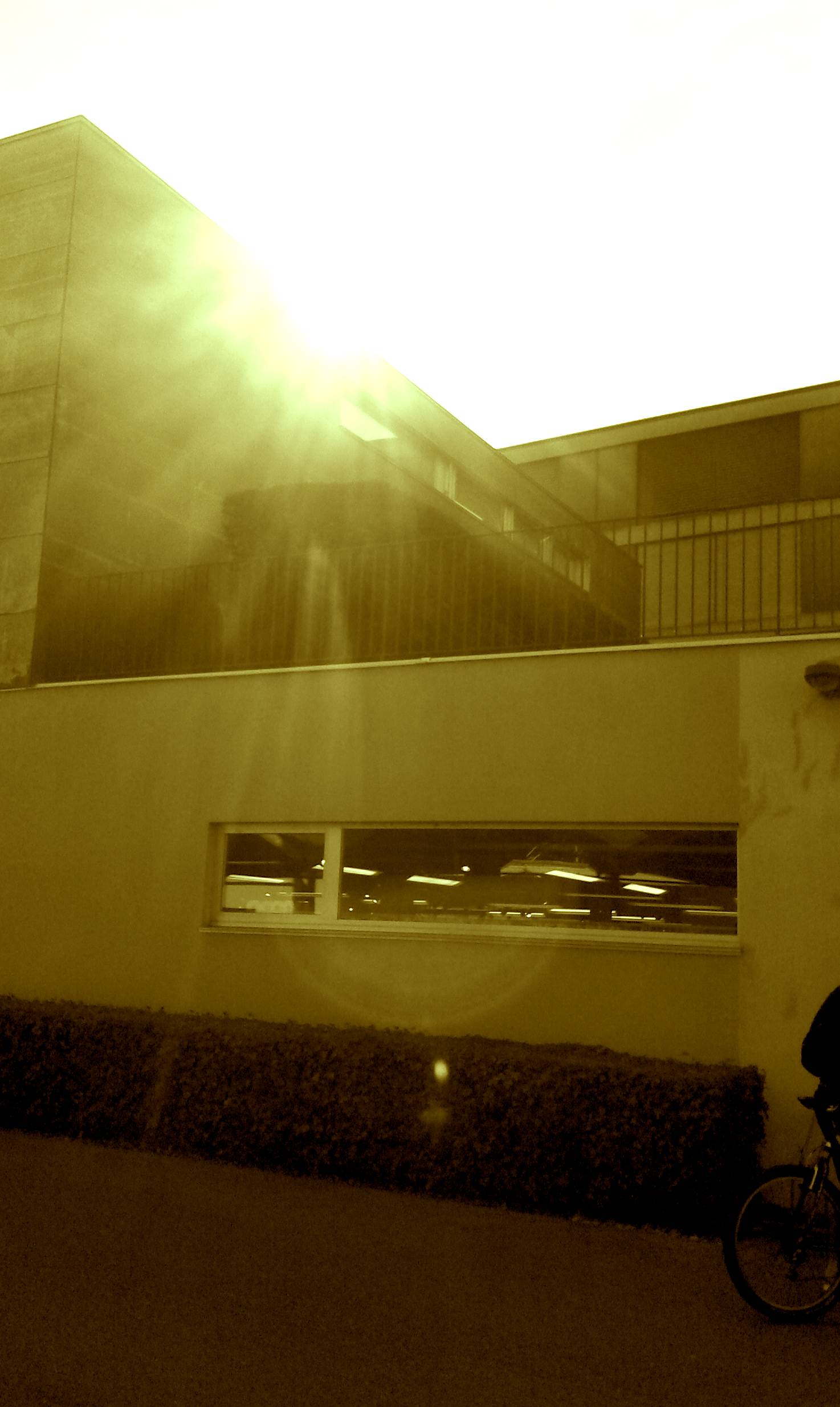
(Picture: DS)
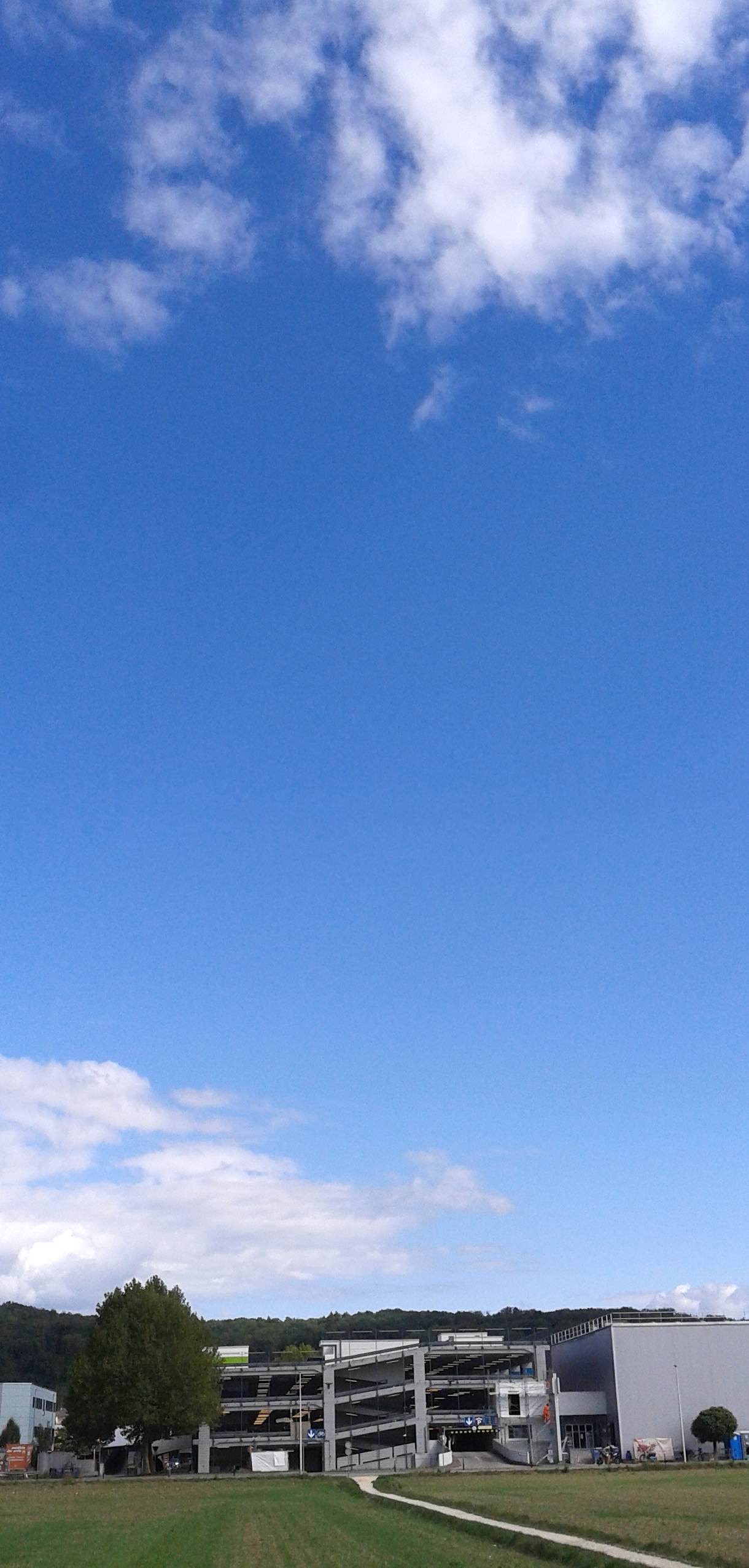
(Picture: DS)
MICROSTORY OF ART
ONLINE JOURNAL FOR ART, CONNOISSEURSHIP AND CULTURAL JOURNALISM
HOME
© DS